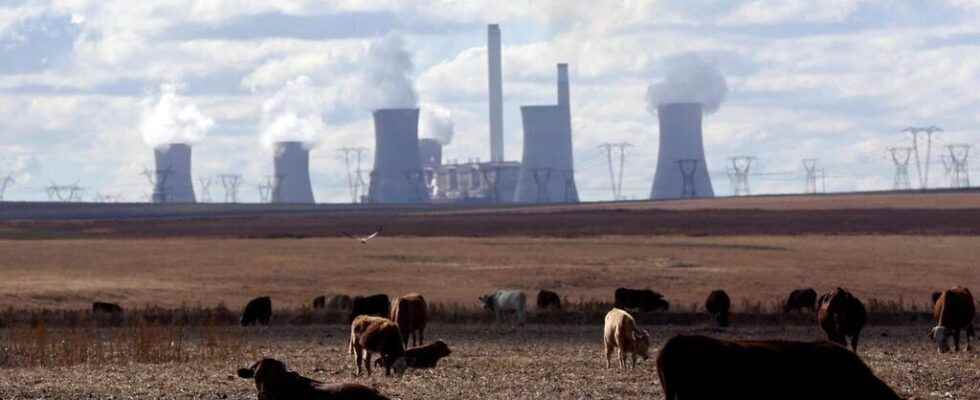In South Africa, power cuts are expected to continue at least until this weekend, as aging power plants can no longer meet overall demand in the middle of the southern winter. It is in this context that the continent’s biggest polluter, which currently draws more than 80% of its electricity from coal, continues to work on its energy transition.
With our correspondent in Johannesburg, Claire Bargeles
The initiative was announced at COP26 last November, in cooperation with several northern countries. Their representatives were also visiting the site this week. But this plan takes time to put in place. In total, 8.5 billion dollars must be mobilized over the next three to five years to support South Africa in its transition. This partnership signed with the European Union, France, Germany, the United Kingdom and the United States offers access to different forms of financing, and, if successful, could become a model for other countries in development.
The structure of this plan is still in draft form and the energy mix has not been finalized. If the good share must be given to renewable energies, the use of gas and nuclear, more contested, is not excluded.
South Africa is also having to deal with reluctance within its own government, on the part of its Minister for Energy, and must continue discussions with unions and workers in the coal sector, who wish not to be forgotten during this transition.
Finally, European countries are also criticized for encouraging the abandonment of coal, while using it to cope with the consequences of the war in Ukraine. A measure which can only be temporary according to the representative of the United Kingdom for the climate.
